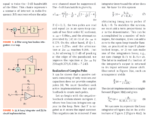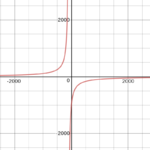- Joined
- Jan 22, 2008
- Messages
- 52,478
- Helped
- 14,756
- Reputation
- 29,794
- Reaction score
- 14,120
- Trophy points
- 1,393
- Location
- Bochum, Germany
- Activity points
- 298,338
the maths behind the AC frequency response
H(s) = -1/Ts
(T = integrator time constant)
What's your problem, how the circuit achieves this transfer function, or what the transfer function (pole in the origin) means?


